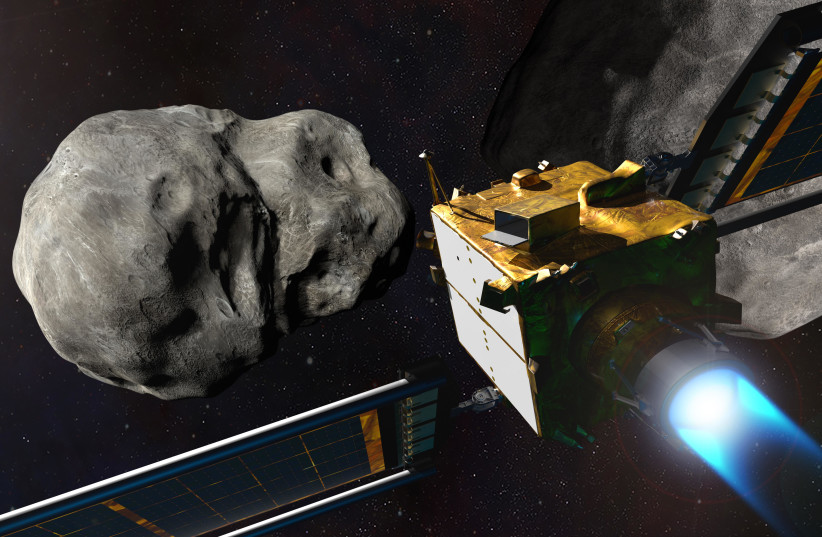China is set to launch an asteroid deflection mission, as well as a simultaneous observation mission, in 2025 in the country's first landmark planetary defense test, Chinese media reported at the ends of November.
The mission in question will see China's space agency launch a powerful Long March 5 rocket with two probes, a surveyor and an impactor, in a bid to strike an asteroid to see if it can slightly alter its orbit, according to Chinese lunar exploration program chief designer Wu Weiren, who spoke to the Chinese outlet CCTV.
The target of this mission is an asteroid designated 2020 PN1, a small asteroid around the size of an 18-wheeler truck. This asteroid is classified as an Aten-class asteroid, meaning it has an orbit around the Sun that on occasion overlaps with Earth's orbit.
Wu explained to CCTV that the two probes will be launched in different directions, with the surveyor set to reach the target first. There, its goal will be to survey the asteroid so scientists can study it. After that, the impactor will be guided to the asteroid to collide with it, with the goal of trying to alter its trajectory around three or five centimeters. After that, the surveyor will be able to again observe the asteroid to see the results of the impact.
"A deviation of three or five centimeters would change the trajectory by over 1,000 kilometers after around three months. The longer the time, the bigger the change of the trajectory," Wu told CCTV.
"A deviation of three or five centimeters would change the trajectory by over 1,000 kilometers after around three months. The longer the time, the bigger the change of the trajectory."
Wu Weiran

Deflecting an asteroid: NASA did it first with DART
This is not the first mission to attempt to deflect an asteroid by impacting with a specially-designed spacecraft.
In fact, this was exactly the focus of NASA's Double Asteroid Redirection Test (DART) Mission, which was flown at the faraway asteroid Dimorphos in the Didymous system to see if it could adjust its trajectory.
Followup observations would confirm that the DART mission was a success and that Dimorphos's orbit was slightly altered.
A follow-up companion mission, Hera, will be launched by the European Space Agency (ESA) in 2024 to examine the impact of DART.
These, as well as China's tests, are important in the ever-growing field of planetary defense, as scientists work to try and find a way to defend the Earth from a possible asteroid impact, one of the single worst-possible natural disasters that could occur.
Aaron Reich contributed to this report.
